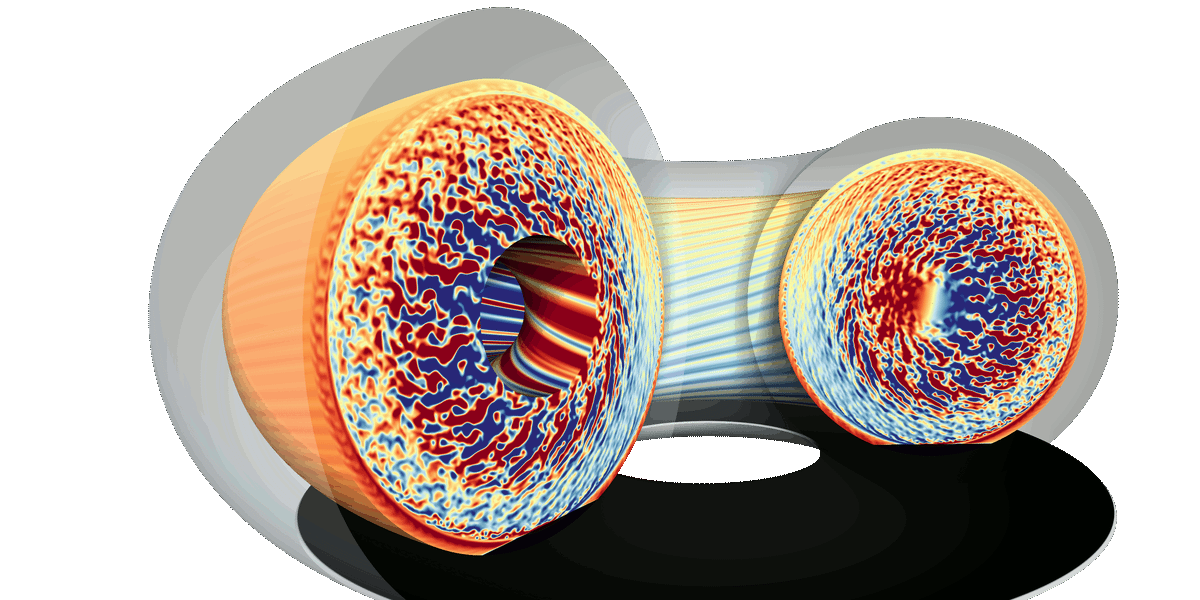Reduced transport model
AI-powered surrogate model for turbulence transport
Suitable for Ph.D, Master, Final Year, Internship
Although there exist high accuracy solvers able to describe the turbulent state of a plasma, simulations of fusion relevant conditions require leadership-class computational resources. It is therefore prohibitive to carry out broad parametric studies aimed at optimizing the design of a fusion device using full physics models.
The major research goal of this project is to develop a reduced transport model that can quickly, but accurately, predict the overall performance of plasmas in any given configuration realized in toroidal devices. To fully exploit the capabilities of machine learning algorithms such as deep neural network (DNN) the present work will create and analyse a large database of plasma discharges from various devices and in a variety of configurations.
The project will rely on established international collaborations to identify and retrieve suitable data. Machine Learning algorithms have started to be employed by the fusion community as tools to construct models that use large datasets. Improvement is expected by training neural networks on a database built with results from linear or nonlinear gyrokinetic simulations. In particular, most recent developments in the field of Physics Informed Neural Network will be used for fluid modelling of plasma turbulence.
